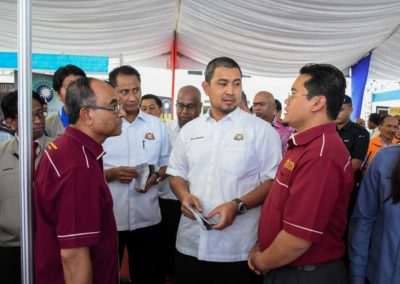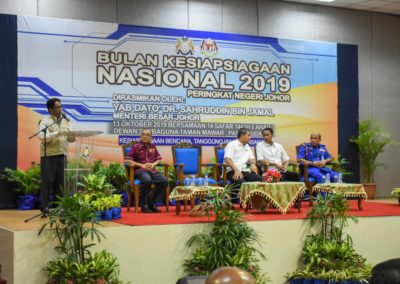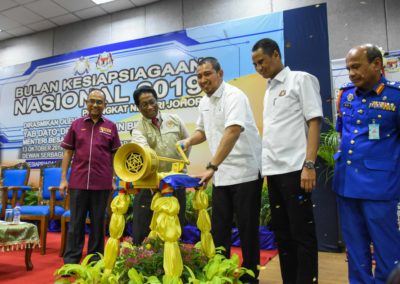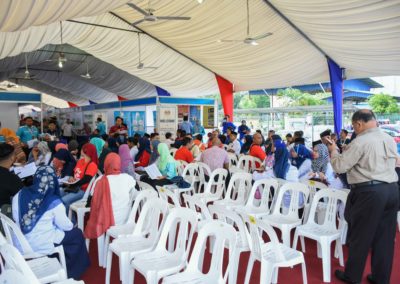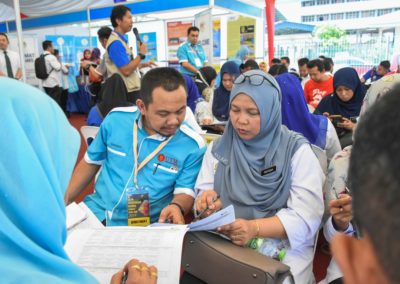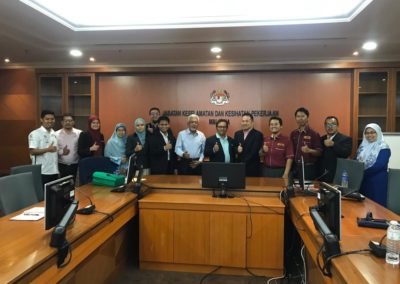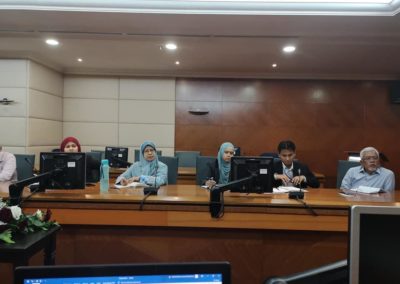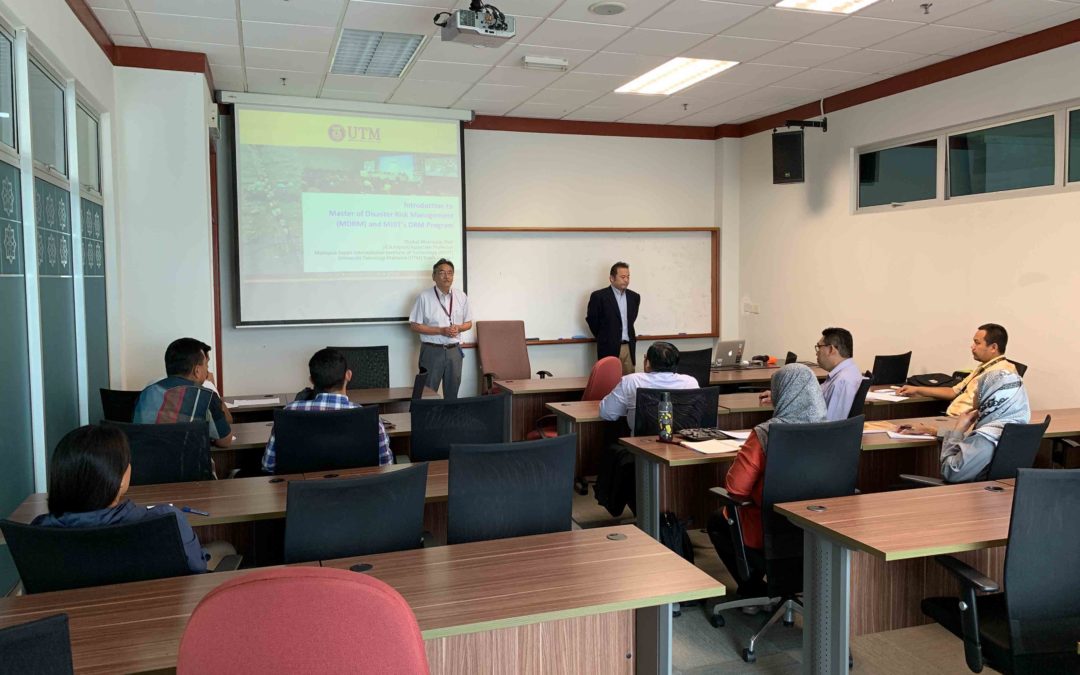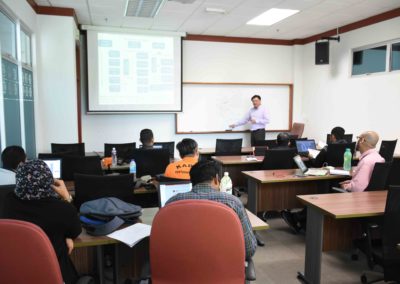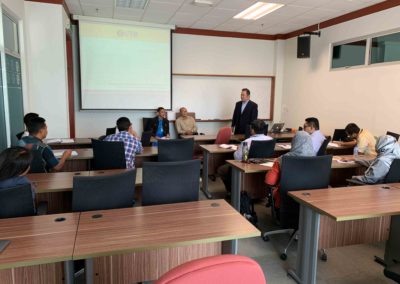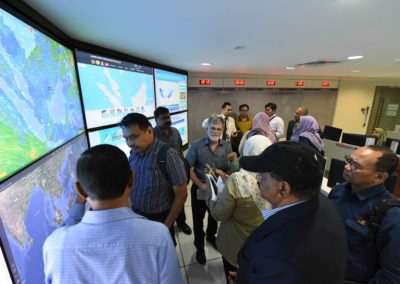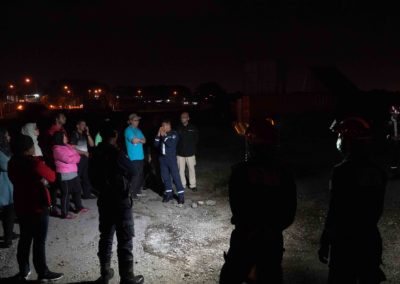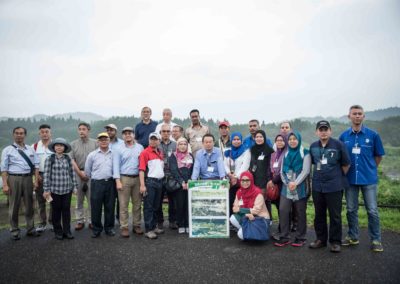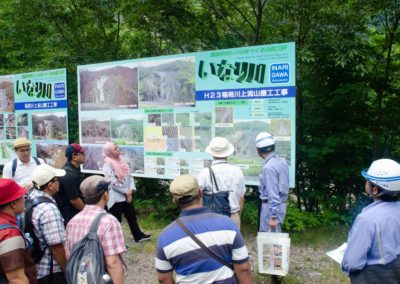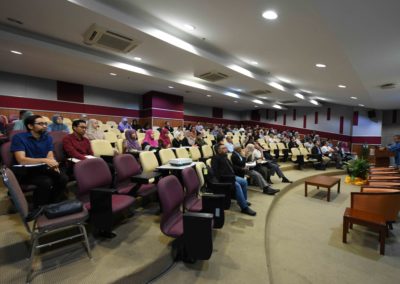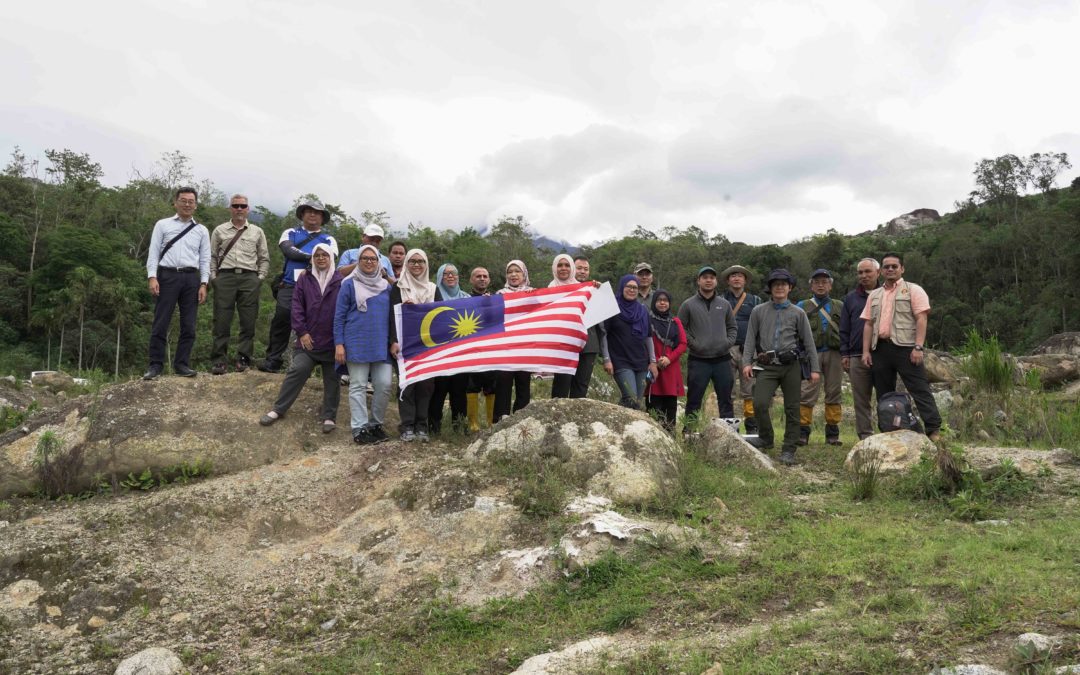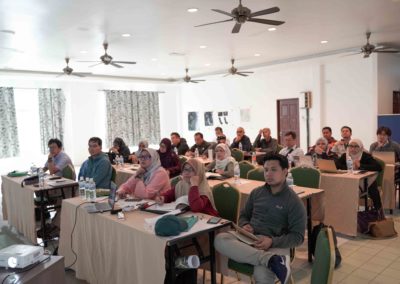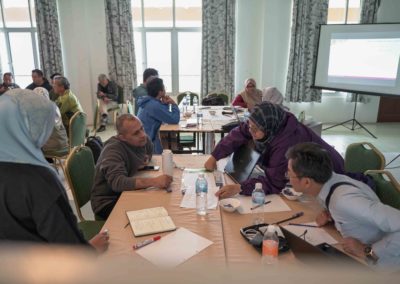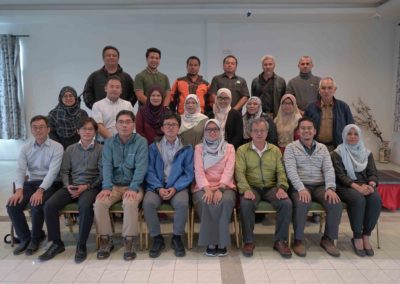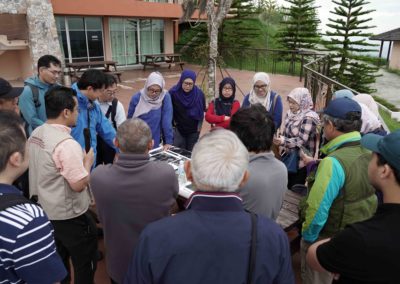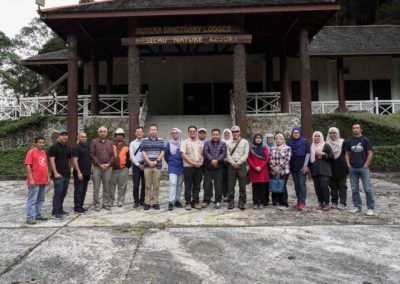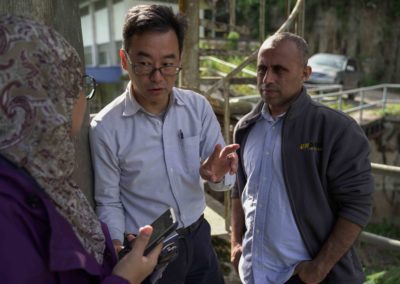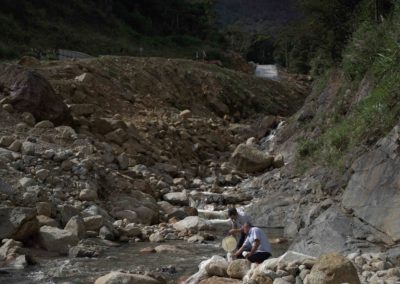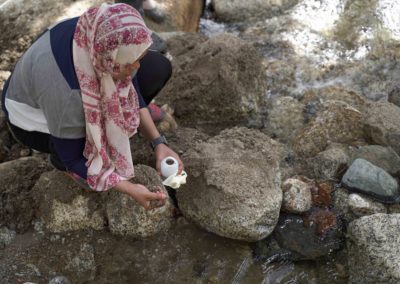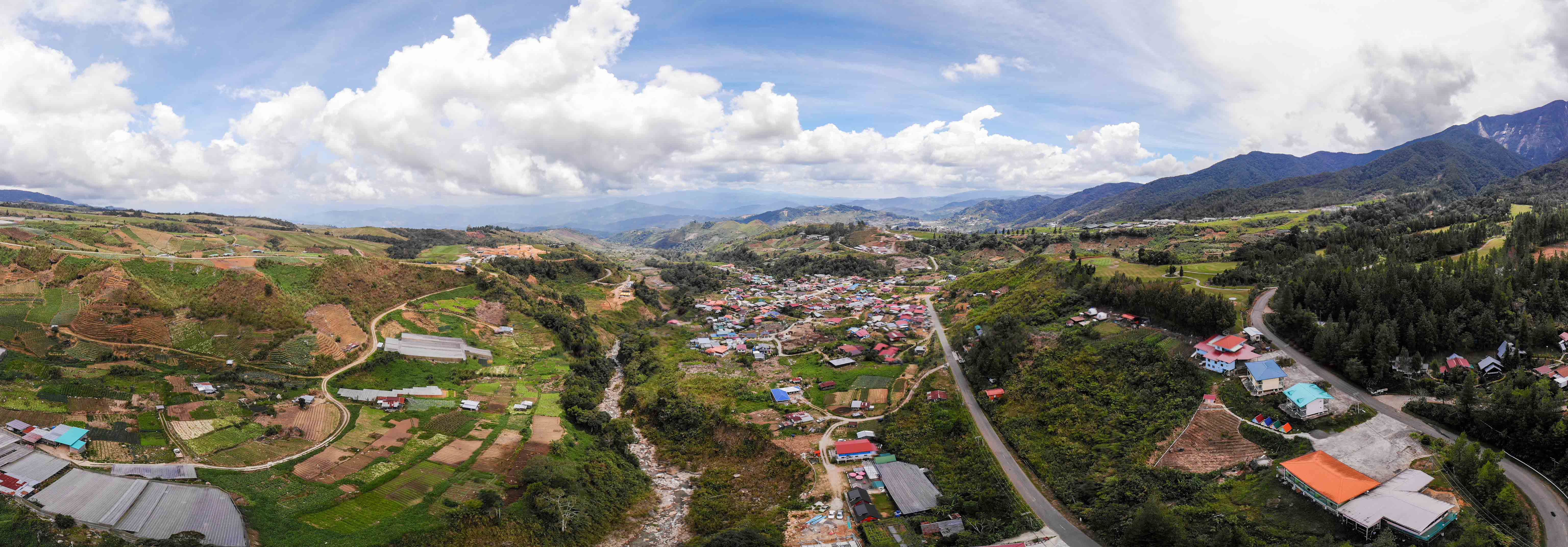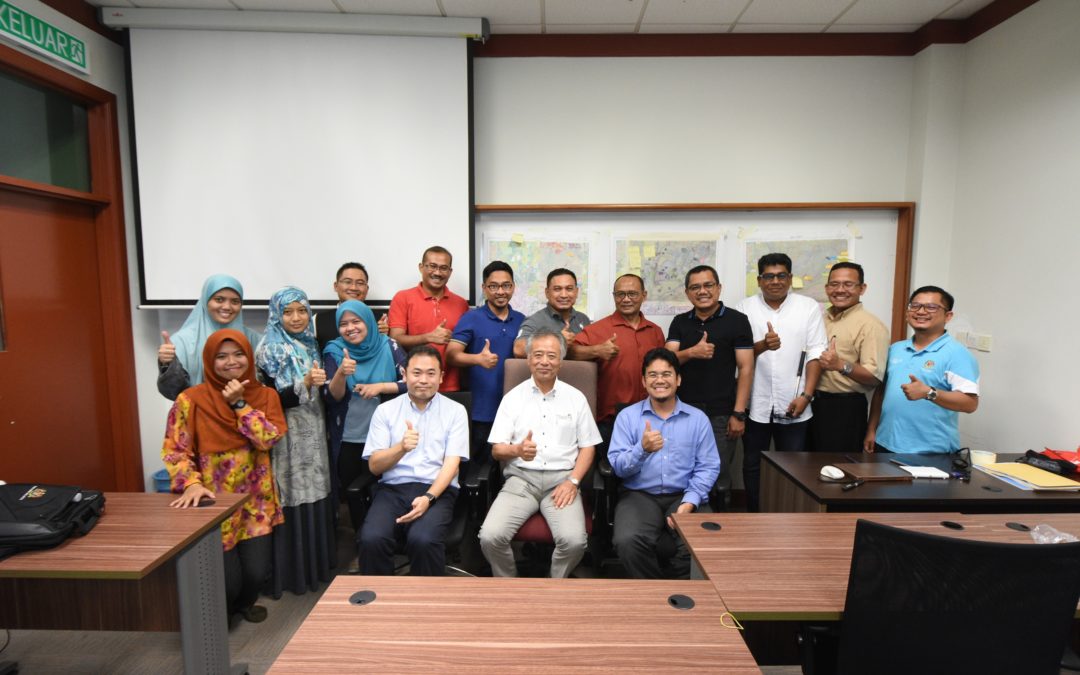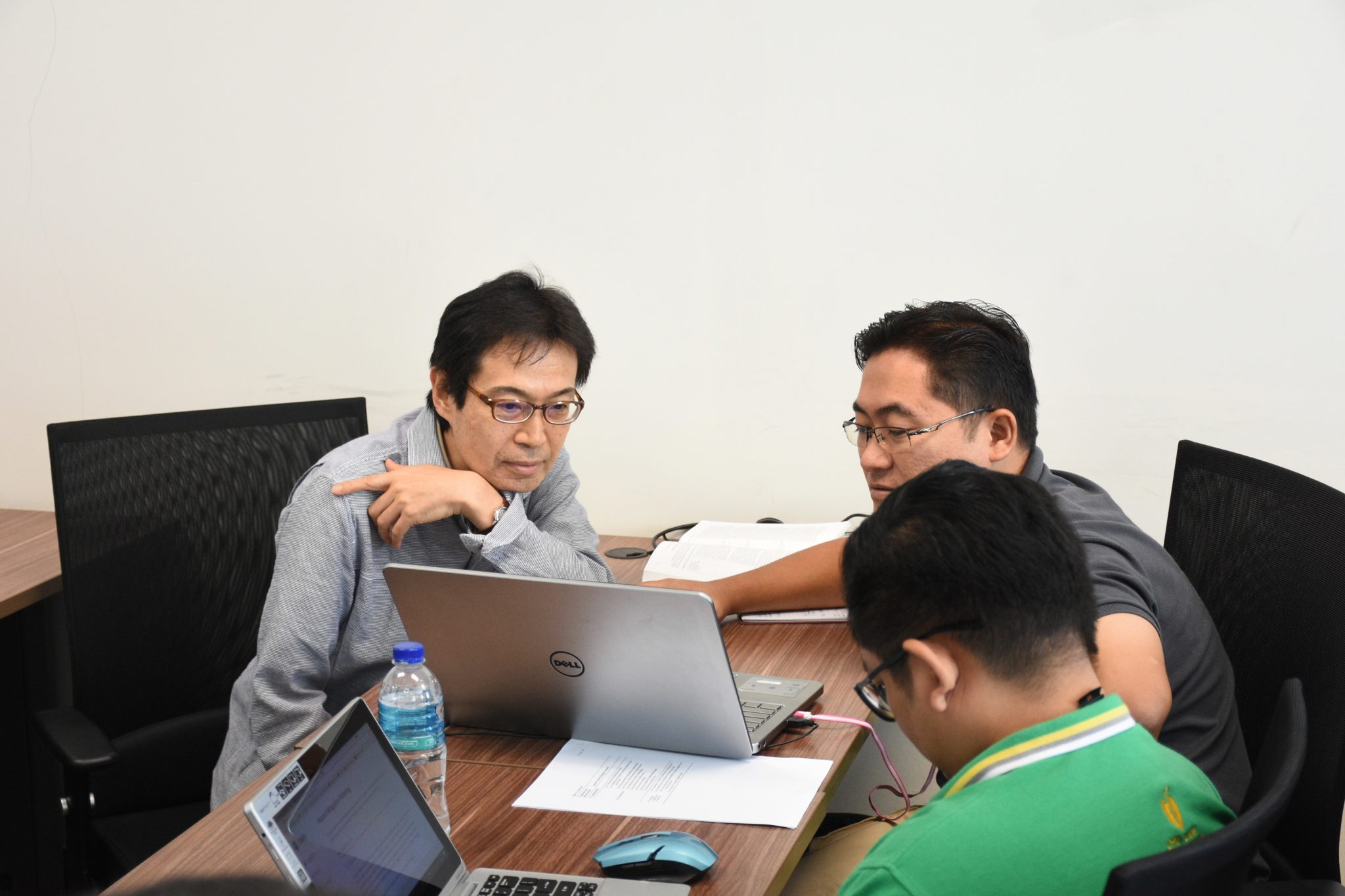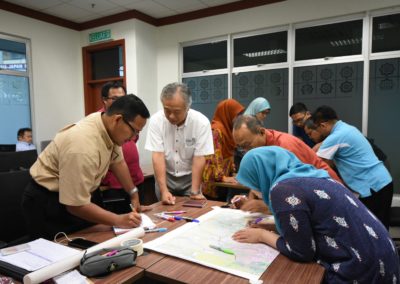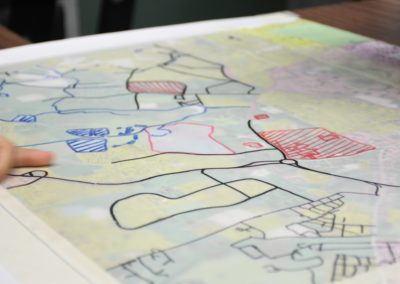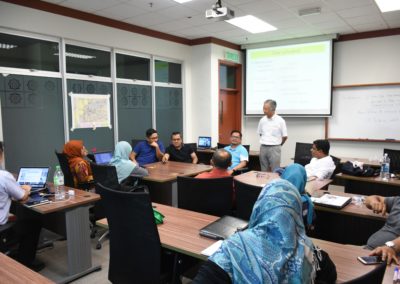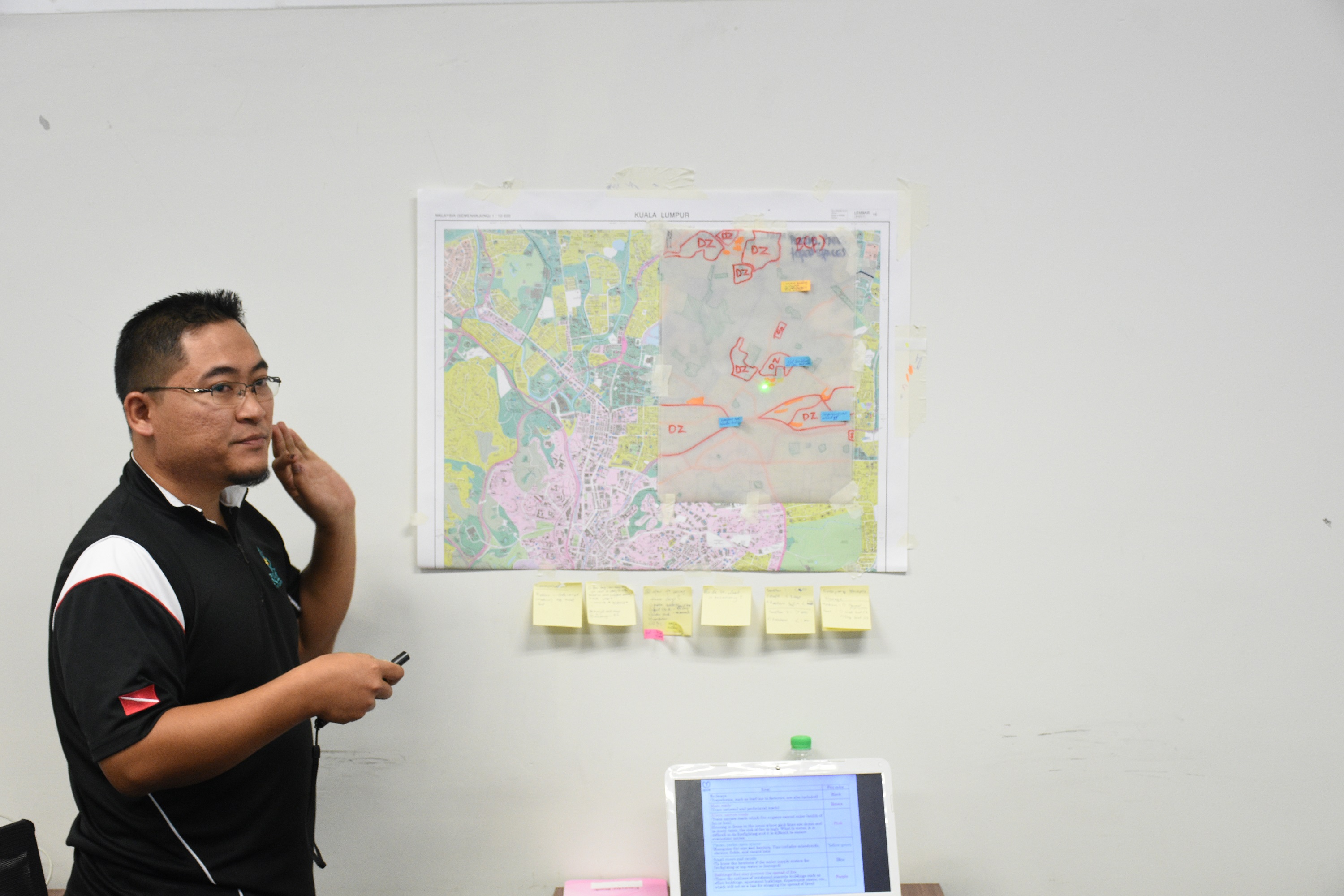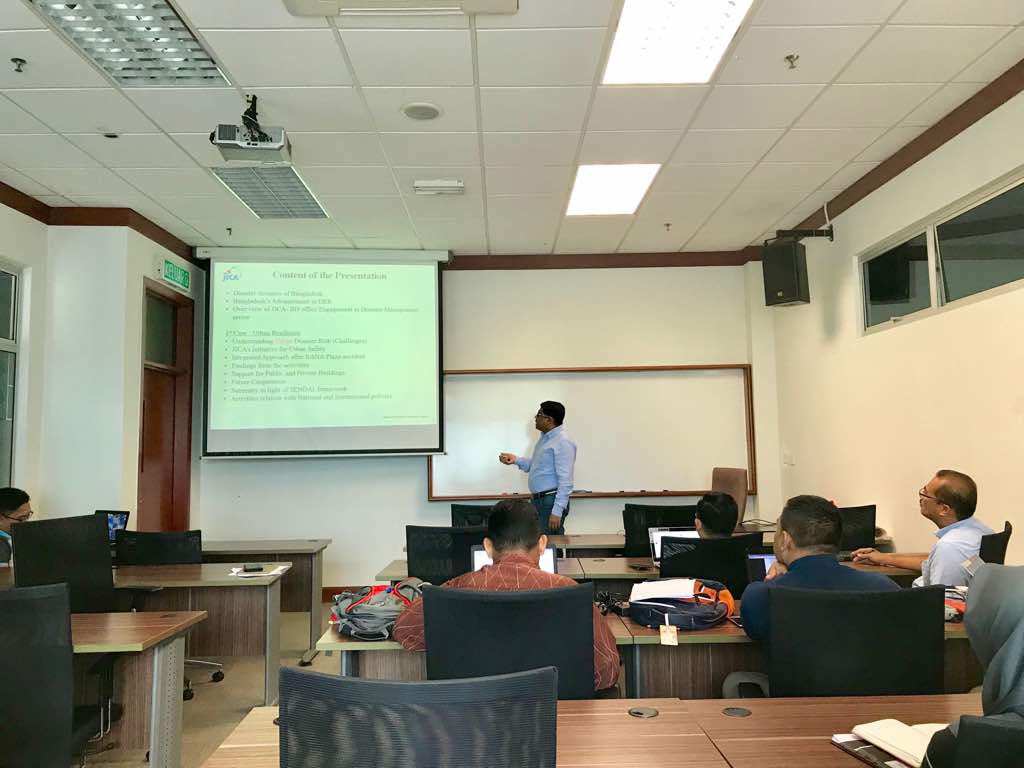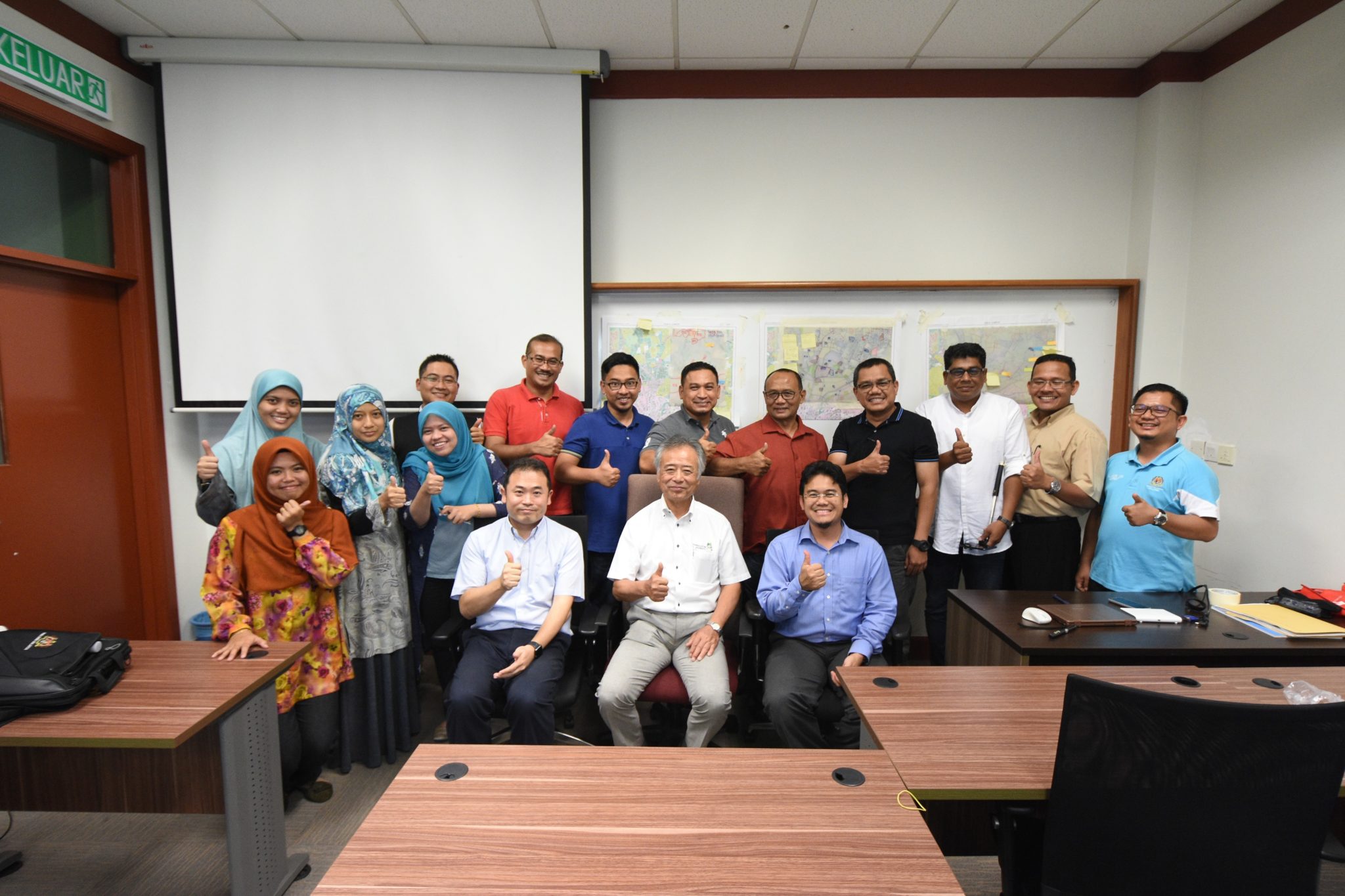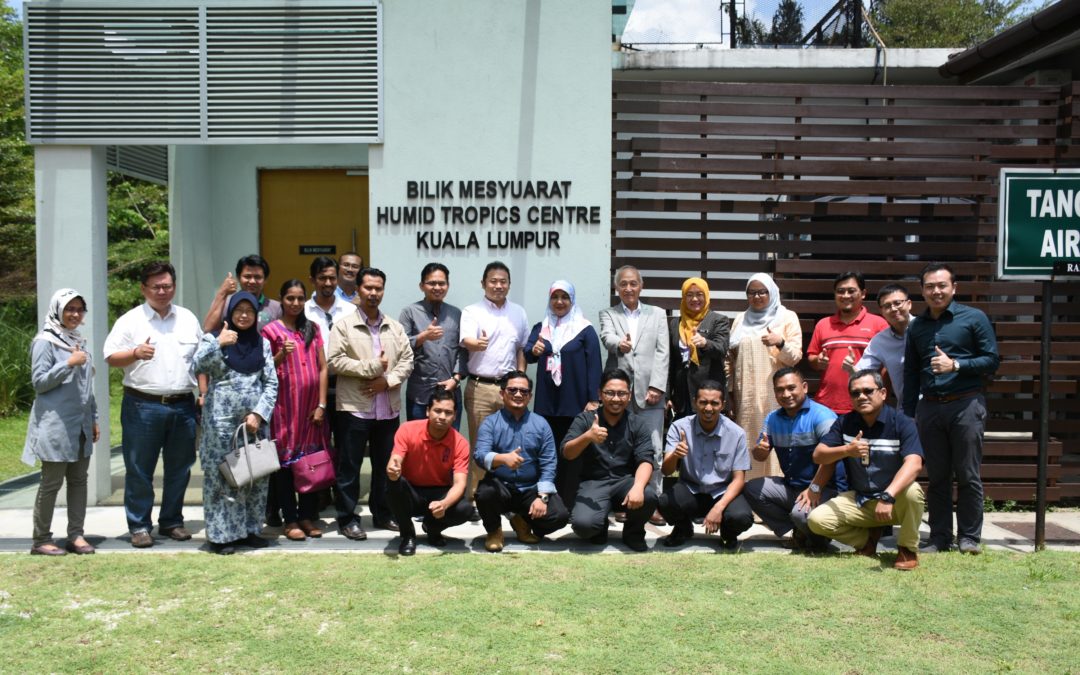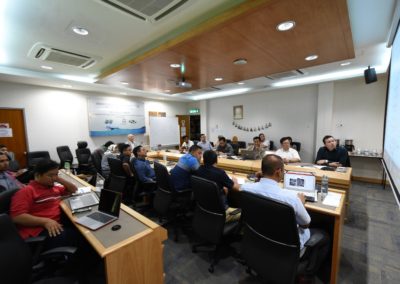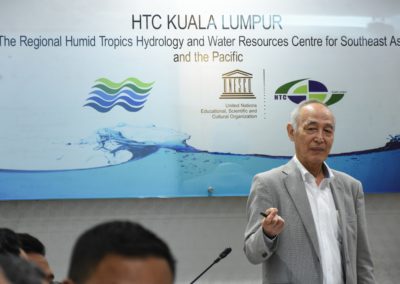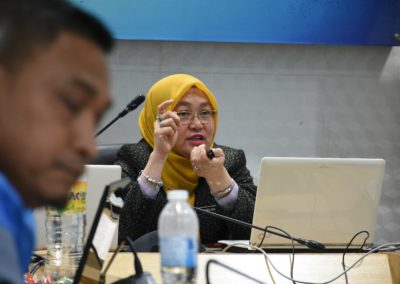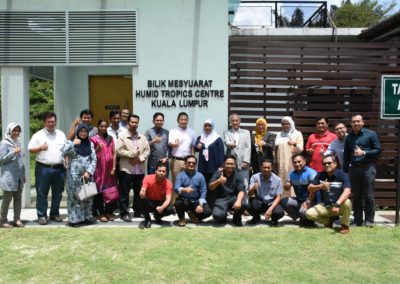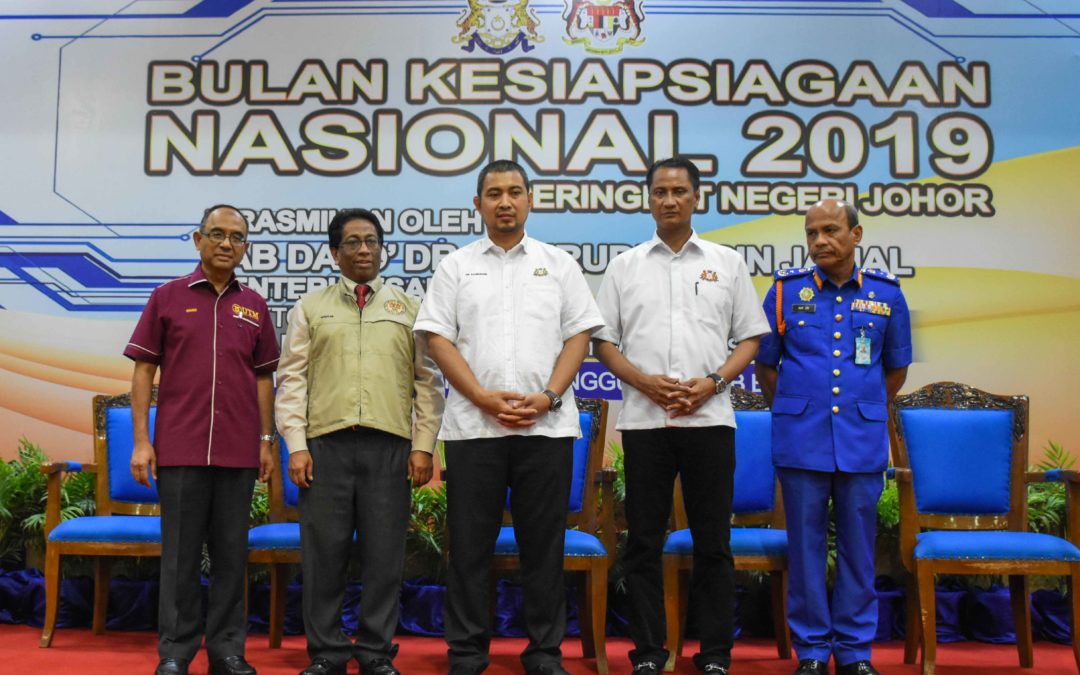
MJIIT Disaster Program and International Day for Disaster Risk Reduction 2019 in Johor Bahru, Malaysia
On 12 and 13 October 2019, a group of researchers from MJIIT/UTM Disaster Program and its partner members organized a series of community based DRR event in Pasir Gudang, Johor Bahru, Malaysia. Some of these partners included, Johor Bahru State Government, National Disaster Management Agency (NaDMA), Fire and Rescue Department (BOMBA), Civil Defense Force (APM), Malaysian Society for Occupational Safety & Health (MSOSH), MERCY Malaysia and District Office of Johor Bahru & Pasir Gudang Municipal Council.
On the 12th, DISASTER RISK MANAGEMENT PROFESSIONAL TRAINING was organized by MSOSH as a result of the courtesy call to the Director General of Department of Occupational Safety and Health, Ministry of Human Resources, YBhg. Dato’ Ir. Mohtar Bin Musri (https://mjiit.utm.my/dppc/2019/10/04/courtesy-call-to-department-of-occupational-safety-and-health-malaysia/). The training was participated by around 50 representatives of the regional industry as well as experts from UTM, JICA, BOMBA, UiTM and local NGOs. From UTM, Dr. Shohei Matsuura of JICA/DPPC/MJIIT delivered a talk on the Japanese experiences in industrial/technological disasters and Natech, while Dr Khamarul Azahari Razak provided some insights and way forward to take enhanced measures to DRR and OSH issues in Malaysia.
A joint DRR event with Johor Bahru State Government and the National Disaster Management Agency (NaDMA) on the occasion of the International Day for DRR (13th October) was held with over 800 participants from local government department/agencies, universities/research institutes, NGOs, community leaders, schoolteachers and students. The event was officiated by Dr. Sahruddin bin Jamal, Chief Minister, Azmi Rohani, State Secretary, Dato’ Mohtar Bin Mohd Abd Rahman, Director General of NaDMA, Prof. Datuk Ir. Dr. Wahid bin Omar, Vice-Chancellor of UTM and Colonel Mat Zin Bujang, Director of Civil Defense Force (APM).
After the officiating by the Chief Minister, Director General Mohtar gave an opening statement to encourage reducing risks instead of waiting to respond to disaster, providing the example from Japan that was affected by mega typhoon Hagisis just the night before the event. BOMBA officer, PgB Lokman Hakim Sulaiman, who headed the HAZMAT team during the Kim Kim River pollution supported the note by mentioning “Prevention is better than cure.”
Dr. Shohei Matsuura, in front of 100 schoolteachers and students, shared an example of school-based DRR from Japan in Kamaishi, Iwate Prefecture where about 3,000 students were able to save their own lives from the 2011 Earthquake and Tsunami through DRR education, evacuation drills and strong community linkages that had been established before the disaster event. In addition, a survey for Climate Disaster Resilience Index (CDRI), developed by Kyoto University was conducted with 100 residents of Pasir Gudang for future research and activities.
